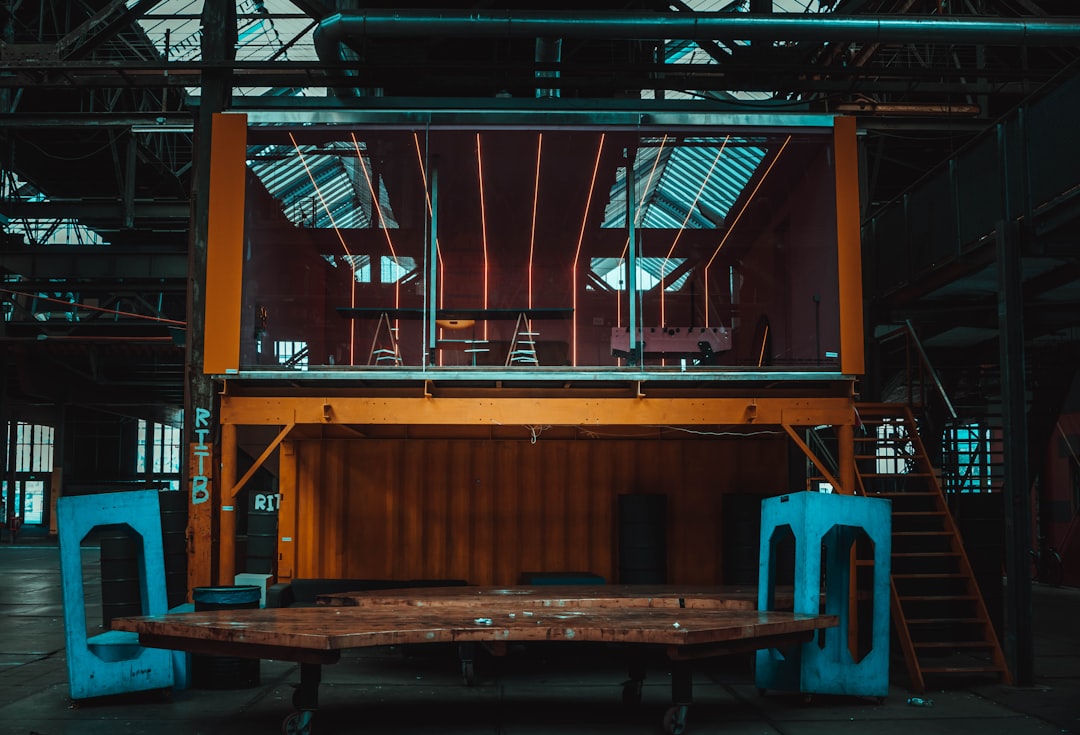body { font-family: sans-serif; line-height: 1.6; }
h1, h2, h3 { color: #333; }
img { max-width: 100%; height: auto; }
In today’s increasingly noisy world, the need for quiet and controlled acoustic environments is paramount. Whether you’re a musician seeking the perfect recording studio, a business requiring confidential communication, or an individual desiring a sanctuary from external disturbances, sound-insulated steel rooms offer a robust and effective solution. This comprehensive guide delves into the world of these specialized structures, exploring their applications, construction, benefits, and crucial considerations.
The Applications of Sound-Insulated Steel Rooms: Beyond the Studio
While often associated with recording studios and music production, the applications of sound-insulated steel rooms extend far beyond the realm of entertainment. These versatile spaces find their niche in a variety of sectors:
- Music and Audio Production: These rooms provide the critical acoustic isolation needed for recording high-quality audio, minimizing external noise interference and ensuring pristine sound capture.
- Industrial Settings: In factories and manufacturing plants, sound-insulated steel rooms can house noisy machinery, protecting workers from excessive noise exposure and improving workplace safety.
- Medical Facilities: Creating quiet spaces for sensitive medical procedures, consultations, or diagnostic equipment is crucial. Steel rooms provide the necessary acoustic isolation and hygiene.
- Commercial Enterprises: Confidential meetings, sensitive phone calls, and private discussions benefit greatly from the soundproofing capabilities of these rooms, ensuring data security and privacy.
- Home Studios and Home Cinemas: For individuals seeking a dedicated space for hobbies or entertainment, a sound-insulated steel room can provide a dedicated, quiet environment free from distractions.
Construction and Materials: Building a Silent Fortress
The effectiveness of a sound-insulated steel room hinges on its construction. Several key elements contribute to its acoustic performance:
- Steel Frame: The robust steel frame provides structural integrity and acts as a barrier to sound transmission. The thickness and type of steel are crucial factors influencing sound reduction.
- Insulation: High-density insulation materials, such as mineral wool or fiberglass, are strategically placed within the walls, ceiling, and floor to absorb sound waves and minimize reverberation.
- Sound-Dampening Materials: Additional sound-dampening materials, like mass-loaded vinyl (MLV) or resilient channels, are often incorporated to further enhance sound isolation.
- Doors and Windows: Specialized soundproof doors and windows are essential components, featuring robust construction, airtight seals, and often multiple layers of glass or specialized materials.
- Airtight Seals: Careful attention to detail is paramount. Any gaps or cracks in the structure can compromise the overall soundproofing effectiveness. Thorough sealing is crucial.
Benefits of Sound-Insulated Steel Rooms: A Multifaceted Advantage
Investing in a sound-insulated steel room offers numerous advantages beyond simply reducing noise levels:
- Superior Sound Isolation: Achieve significantly reduced noise levels, creating a peaceful and productive environment.
- Enhanced Privacy and Confidentiality: Protect sensitive information and conversations from eavesdropping.
- Improved Focus and Concentration: Minimize distractions and create an ideal space for focused work or creative pursuits.
- Increased Security: The robust steel construction can provide added security, protecting valuable equipment or sensitive materials.
- Versatility and Adaptability: These rooms can be customized to suit various needs and applications, from small recording booths to large-scale industrial enclosures.
Considerations Before Building: Planning for Success
Before embarking on the construction of a sound-insulated steel room, careful planning is essential:
- Acoustic Requirements: Determine the desired level of sound reduction (measured in decibels) based on the intended use of the room.
- Space Requirements: Accurately assess the necessary dimensions of the room to accommodate equipment, personnel, and desired functionality.
- Budgetary Considerations: Sound-insulated steel rooms can range in cost depending on size, materials, and complexity of the construction.
- Building Codes and Regulations: Ensure compliance with all relevant building codes and regulations pertaining to construction, safety, and acoustic performance.
- Professional Consultation: Seek expert advice from acoustic engineers and construction professionals to ensure the design and construction meet your specific needs and achieve optimal sound isolation.
Maintaining Your Sound-Insulated Steel Room: Long-Term Performance
To ensure the longevity and continued effectiveness of your sound-insulated steel room, regular maintenance is crucial. This includes:
- Regular Inspections: Periodically check for any cracks, gaps, or damage to the seals and insulation.
- Seal Repair: Address any identified issues promptly to prevent sound leakage.
- Cleaning and Maintenance: Keep the interior clean and free of debris to maintain optimal acoustic performance.
- Professional Servicing: Consider scheduling periodic professional inspections and maintenance to ensure the continued effectiveness of the sound insulation.
Sound-insulated steel rooms represent a significant investment, but the benefits in terms of noise reduction, privacy, security, and overall productivity are substantial. By carefully considering the factors outlined above, you can create a truly effective and versatile space tailored to your specific requirements.
Tags: soundproof steel room, sound insulated steel room, acoustic steel room, noise reduction room, steel room construction




